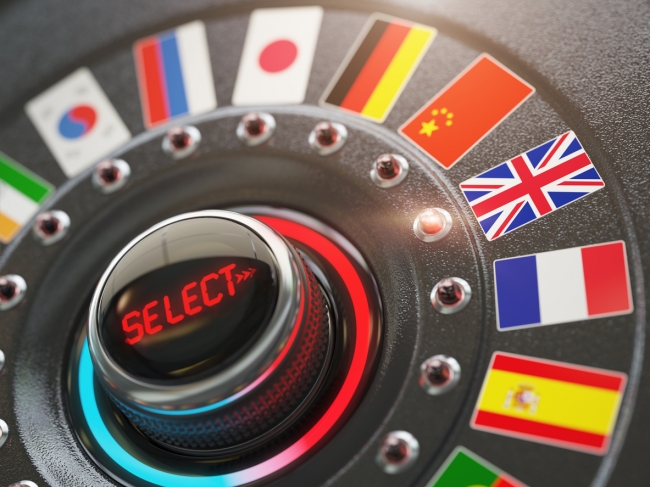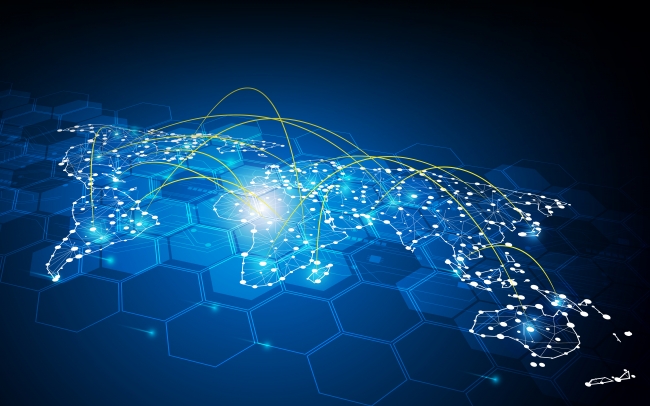3 minute read
Keeping robot arms away from technical translations
Reproducing highly technical content in other languages can seem a daunting proposition. How do translation companies manage to faithfully reproduce such specific and complex terminology from English into other languages without losing meaning, context and quality? Ben Whittacker-Cook from Straker Translations explains more.
Translations. Is it worth the cost, time and hassle? Is it really necessary to translate a gas turbine combustion chamber maintenance manual into Hungarian?
Research indicates the answer is ‘yes’. The UK manufacturing sector supports workers from more than 120 different nationalities and approximately 15% of workers in the UK manufacturing sector are EU nationals (Economic & Social Research Council, King’s College London).
Clear, multi-language communications, from warehouse signage to employment contracts and training manuals – particularly in the sphere of health and safety and operations – negate risks to business interruption through accident or possible legal issues further down the line.
If technical translations are needed, accurate translations can provide transparency and guidance to your international workers and clients.

Multi-language communications, particularly in the sphere of health and safety and operations, negate risks to business interruption through accident or possible legal issues / Picture: Getty/iStock
Technical manuals in particular contain a lot of jargon and complicated terminologies. A poor translation can create inconsistencies, awkward syntax, an unnatural style, incorrect punctuation or be too literal.
The majority of translators around the world are freelancers working for one or two language service providers. The differences occur in how the ‘better’ translation agencies utilise a translator’s skillset.
Many use data analytics to match the right translator to a client’s content – because you can’t translate what you don’t understand. Customer feedback, internal reviewing and testing enable agencies to deploy their most adept and experienced translators to create a better product.
An Italian local language translator who works solely in the technical, engineering and manufacturing sectors will naturally produce the most accurate translation if an English to Italian (or vice versa) technical translation is required.
This kind of expertise is invaluable as the rules change when communicating in different languages. German has a propensity to tack on single words to other words, so words such as Rindfleischetikettierungsüberwachungsaufgabenübertragungsgesetz are commonplace – a 63-character compound which roughly translates as ‘the law for the delegation of monitoring beef labelling.’
A free translation tool will have a good go, but won’t come up with an identical match. Even if it comes close, it will be unable to fit this word into a sentence’s structure without losing context and meaning.
Written French, German and Italian languages have a 10-20% expansion of space and words compared to English. ‘Input processing features’ translates as “EingabeVerarbeitungsfunktionen” in German. This is worth noting for lengthy training manuals and similar materials when redesigning a document.

Manufacturers should also consider that 73% of customers prefer to buy from companies with information translated to their native language / Picture: Getty/iStock
Professional translation agencies use technology to assist the human translator, rather than replace them, to further improve accuracy and quality. These technologies can include translation memory, reserved word options and glossary uploads.
Translation memory is a unique store of words and phrases that a client has had translated previously through their chosen language provider. On the second translation project, the memory will resurface words from the first translation job, and again and again after that.
All repetitions will be automatically flagged up as identical matches. Over time, as translation memory builds, more content is pre-translated. The theory is that if there’s less unique content to translate, projects can be completed faster and and at a lower cost (some agencies don’t charge for repetitions or may offer customer discounts).
Translation quality is also elevated with glossary and reserved word uploads. With new technology comes new terminology. ‘The cloud’, ‘3D printing’, ‘smartphone’ are terms that didn’t exist 20 years ago.
Customers can send their agency a pre-approved list of industry or brand-specific terminologies that need to be treated in a specific way – to bring consistency to messaging and reduce errors. For example, a glossary informs the translator that ‘Robot Warehouse’, is a brand name or tagline, and must never be translated out of English – even if it appears in another language. There’s a good reason why Apple products aren’t sold as ‘Pomme’ products in France.
Furthermore, there’s evidence that removing the limitations of cross-border communications can help the export process and high-quality translated content resonates with local buyers. 73% of customers prefer to buy from companies with information translated to their native language, and 55% of customers prefer to only buy from websites with information in their native language (Common Sense Advisory).
Third-party marketing and creative agencies are employed to manage branded content to make a product or service appear more attractive. Translation services can perform a similar function when looking to export to new international markets.
